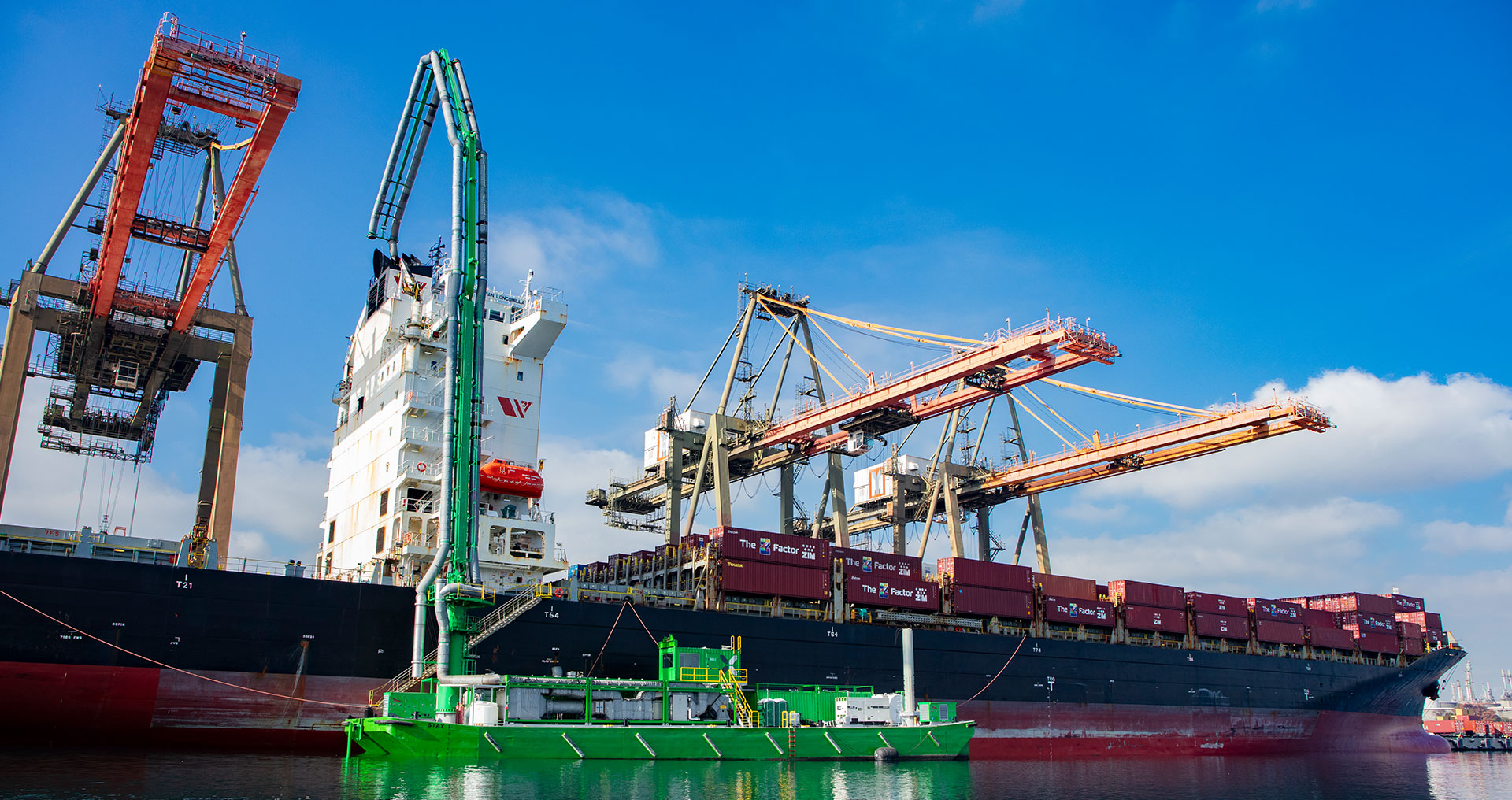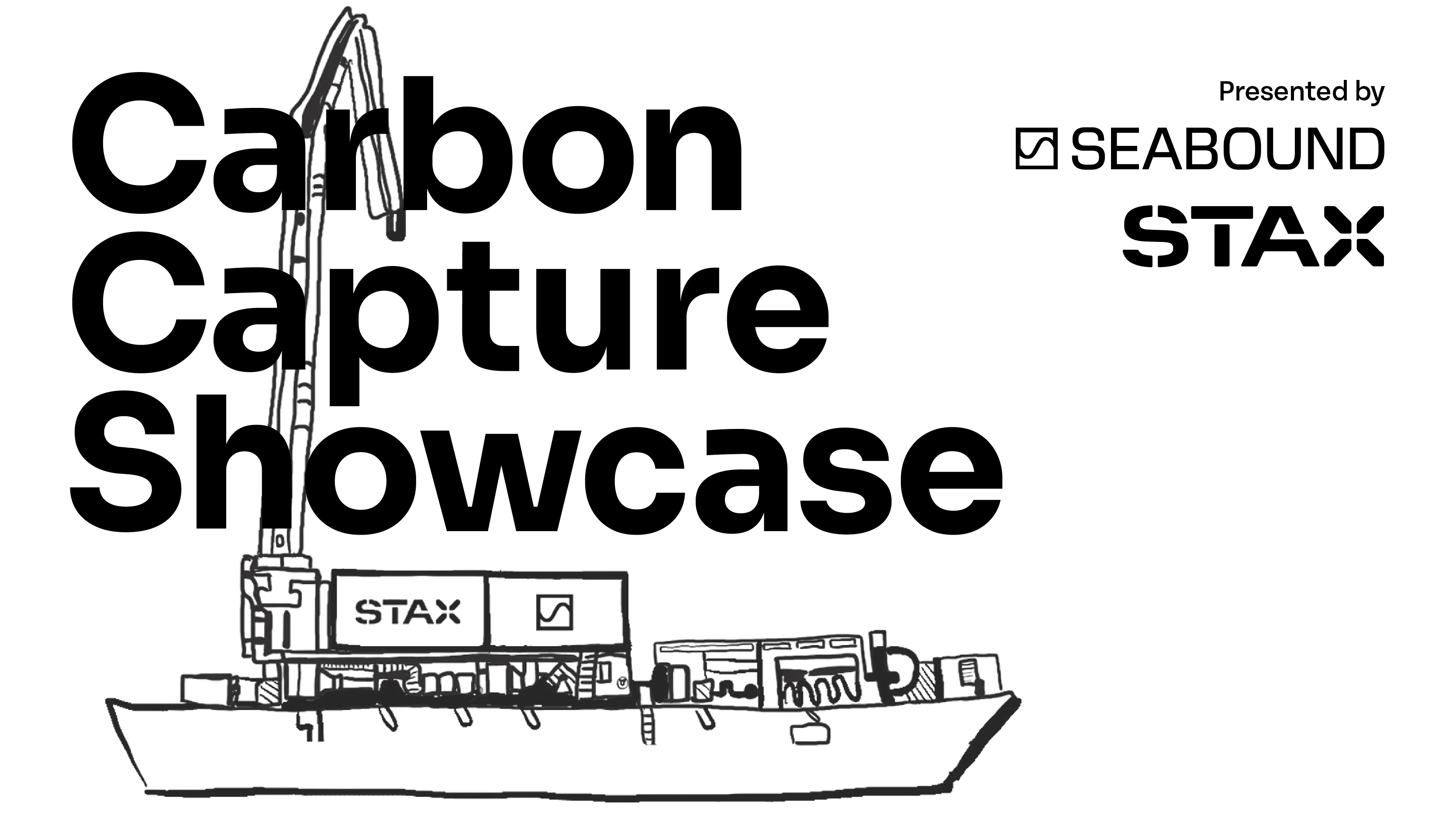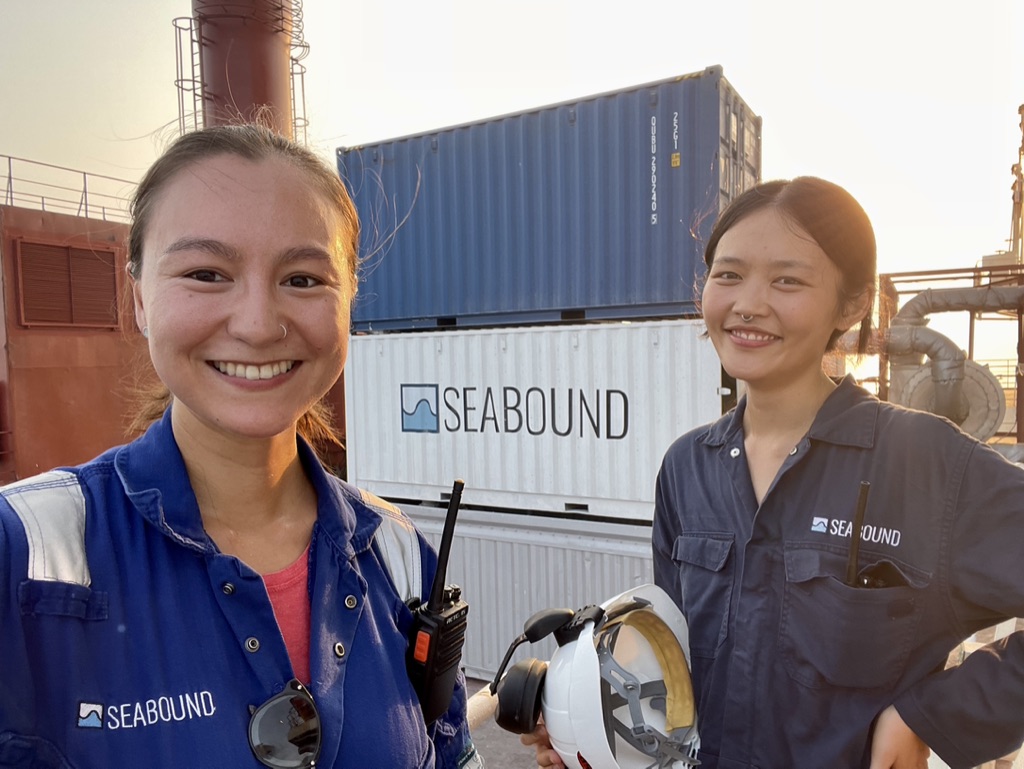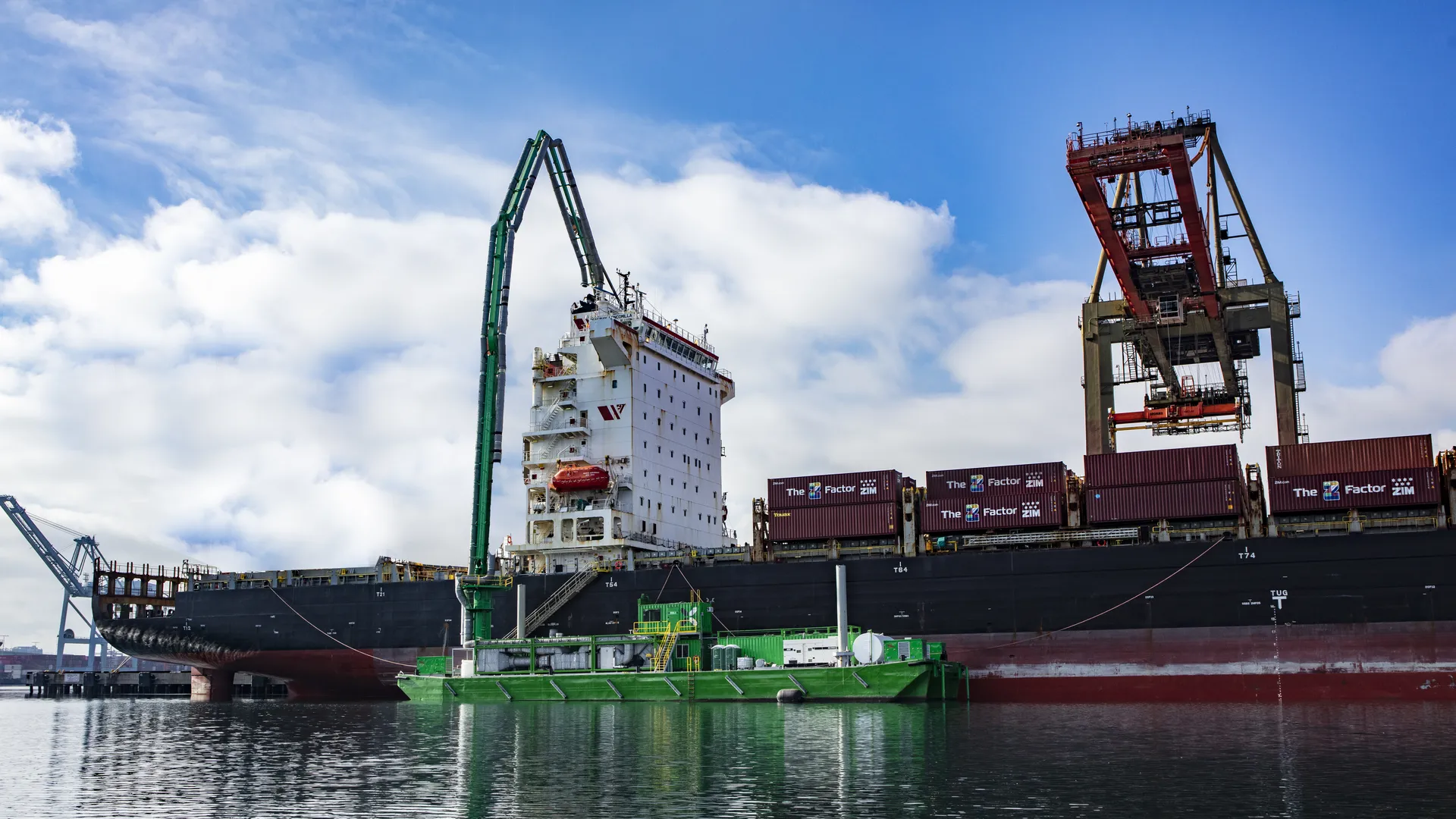Ocean-going vessels are essential for international trade, transporting 80% of global goods—more than 10 billion tons—annually. Both at sea and at berth, these ships emit pollutants harmful to the environment and human health.
Regulatory bodies are tightening rules to reduce emissions, especially when docked, with California leading the way by enacting the strictest regulations for at-berth vessels in the world. Currently, ships and terminal operators have two primary options for reducing emissions: connecting to shore power (also known as cold ironing) or utilizing emissions capture and control systems. The latter is an emerging technology that works by hooking onto a vessel’s exhaust system directly, capturing and filtering out toxic pollutants.
The International Maritime Organization (IMO) has set an ambitious goal of achieving net-zero shipping emissions “by or around” 2050. As the industry works toward zero emissions, capture and control service providers like STAX—which offers shippers and companies a flexible and cost-effective solution—will play an important role.
This article will answer commonly asked questions about emissions capture and control systems, including how they work, whether they’re effective, and where ships can access them today.
What is emissions capture and control technology, and how does it work?
Emissions capture and control systems work by attaching to a ship’s exhaust ducts, pushing the toxic pollutants through a filtration system before emitting a purified gas. STAX’s XCAP exhaust capture system has the longest placement arm in the industry, spanning over 250 feet, which allows it to reach nearly any configuration, even in the most congested ports.
Equipped with two ducts that attach to a ship’s exhaust pipes, emissions are pulled into the STAXbox purification system. The harmful air pollutants such as nitrogen oxides (NOx), sulfur oxides (SOx), particulate matter, and diesel particulate matter (DPM) are then purified into a pollution-stripped gas.
What are the benefits of emissions capture and control vs shore power?
STAX’s emissions reduction system offers shippers and operators several benefits when compared with shore power. These include:
Flexibility of location
While a ship has to be plugged into a port’s electrical grid for shore power to work, STAX can be deployed from mobile, barge-based system that’s flexible to any configuration.
Services any configuration
Some shore power systems lack the equipment, such as cranes, needed to support power transfer to certain vessel configurations. Due to the flexibility of the barge-based system and long arm reach, STAX can attach to any vessel configuration.
Lower costs
Shore power involves high upfront that may require years to integrate into a budget. It also comes with associated electrical utility fees. Emissions capture technology reduces emissions without modifications or extra utility costs.
Are capture and control systems effective?
STAX’s capture and control system has been third-party tested to show that it removes 99% of particulate matter (PM) and 95% of oxides of nitrogen (NOx). STAX is the only emission control system approved by CARB for container and auto carriers (ro-ro) vessels and is working towards approval for tanker ships.
When compared with shore power, STAX captures 12% more pollution when used with containerships and 4% more when used with ro-ros (auto carriers.) It also captures boiler emissions, which shore power does not.
Why is STAX focused on pollution capture and not carbon capture?
STAX is meeting a pressing and long-standing need to remove pollutants from the air that are harming people’s health today. When people inhale polluted air, particulates embed in their lungs and bloodstreams, causing a variety of problems.
Communities near these ports, often marginalized populations, are particularly vulnerable. The California Air Resources Board (CARB) has implemented strict emissions regulations targeting these pollutants, achieving an impressive 80% reduction in harmful emissions to date.
However, carbon capture represents the next frontier in tackling shipping emissions. Carbon dioxide (CO2) is a leading cause of global warming. The United States, the European Union, and Japan are heavily investing in Carbon Capture and Storage (CCS) systems, which are advanced technologies designed to capture CO2 for future use or safe storage.
As a recipient of a CARB technology grant, STAX is actively working on modifying and upgrading its system to capture carbon.
Where is STAX capture and control technology available?
STAX is currently servicing ports in California, including the Port of Long Beach, the Port of Los Angeles, the Port of Oakland, and soon, the Port of Hueneme and the Port of Benicia. STAX will soon be expanding outside of California.
Schedule a Call with STAX
STAX has treated at-berth vessels for more than a cumulative 5,500 hours and controlled 43 tons of pollutants—and counting. Schedule a call with our team to learn more about how we can help treat your vessel’s emissions while at berth.



